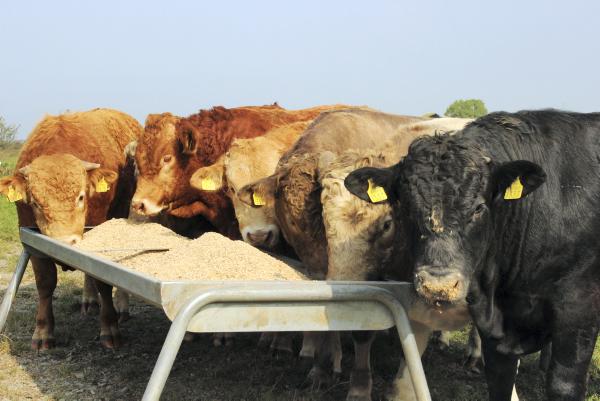Cattle forecasts for this winter look tighter than originally anticipated with 44,000 fewer animals between the ages of 24 and 36 months. Steers account for 35,000 of these animals, which should mean fewer cattle coming forward for slaughter than originally expected.
The figures come from the Department of Agriculture’s AIMS data based on cattle numbers on 1 June.
IFA president Joe Healy stated that with fewer finishing cattle currently in the system, the outlook for beef finishers is not as bad as initially feared. Added to this is the strengthening beef trade in Britain, where prices have increased by almost 44c/kg since early May.
British prices
Prices in Britain this week are trading at around €4.35/kg (including VAT), bringing the price differential on a 350kg animal in Britain to €112 more than its Irish counterpart. With stronger British prices, it provides scope for Irish processors to pay more for Irish cattle to reflect the improved demand for beef on both sides of the Irish Sea.
Supplies of finished cattle in Ireland are also tight, but processors have been reluctant to increase base prices accordingly. Instead, they are offering deals on over-age bulls and cattle over 30 months of age.
Base prices continue to operate from €3.85/kg for steers and €3.95/kg for heifers at most plants.
Larger suppliers have had some success in negotiating above this base, as have farmers with good numbers of Angus and Hereford animals. Prices in the marts are holding steady on recent weeks.
Numbers are slowly increasing week on week, but it is mainly autumn weanlings that are increasing in numbers rather than cattle suited to finishing.






 This is a subscriber-only article
This is a subscriber-only article










SHARING OPTIONS: